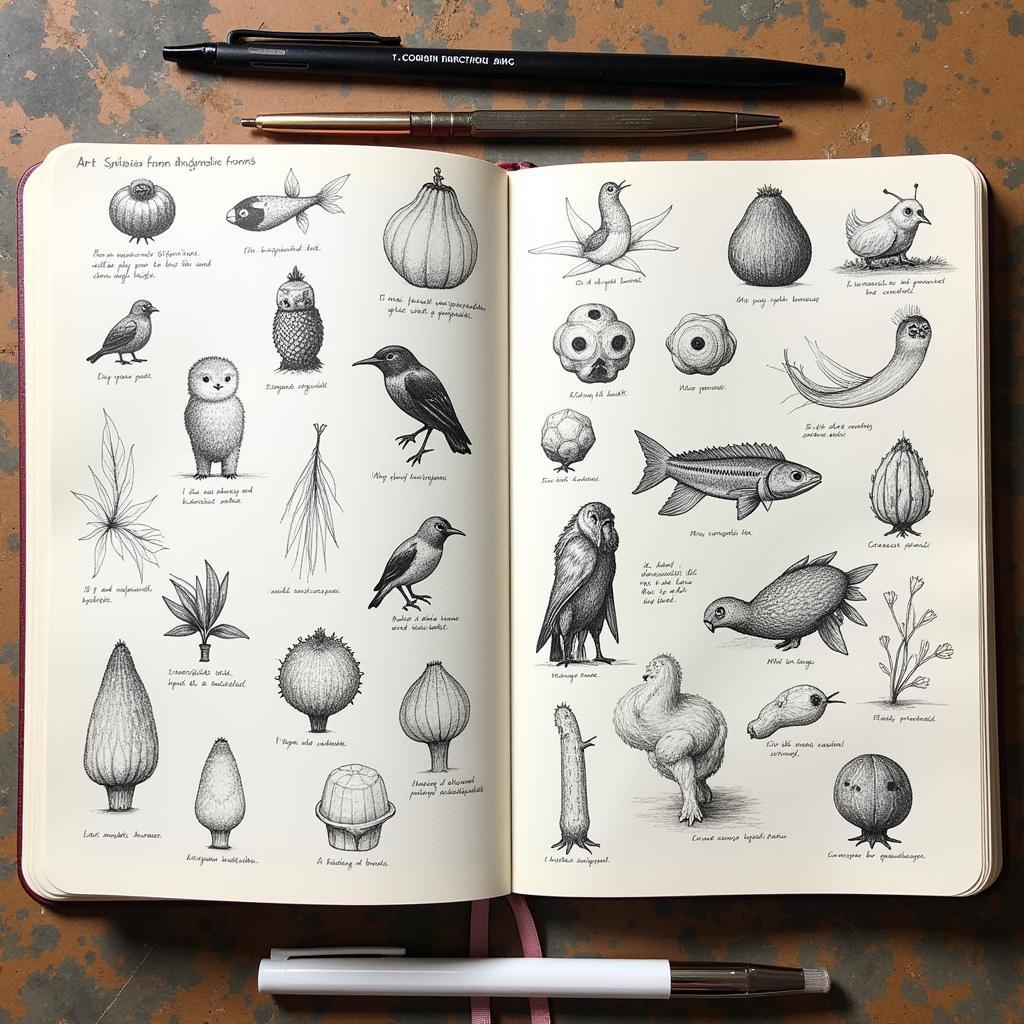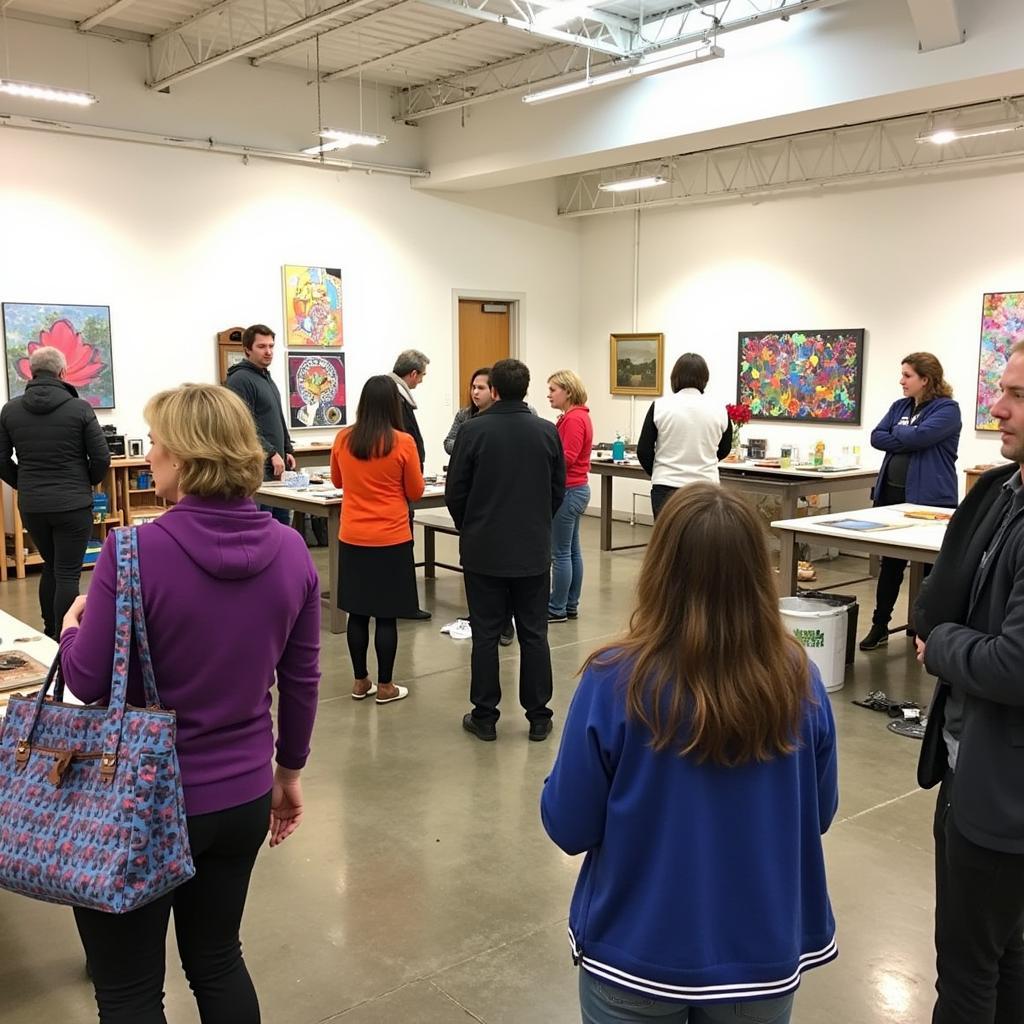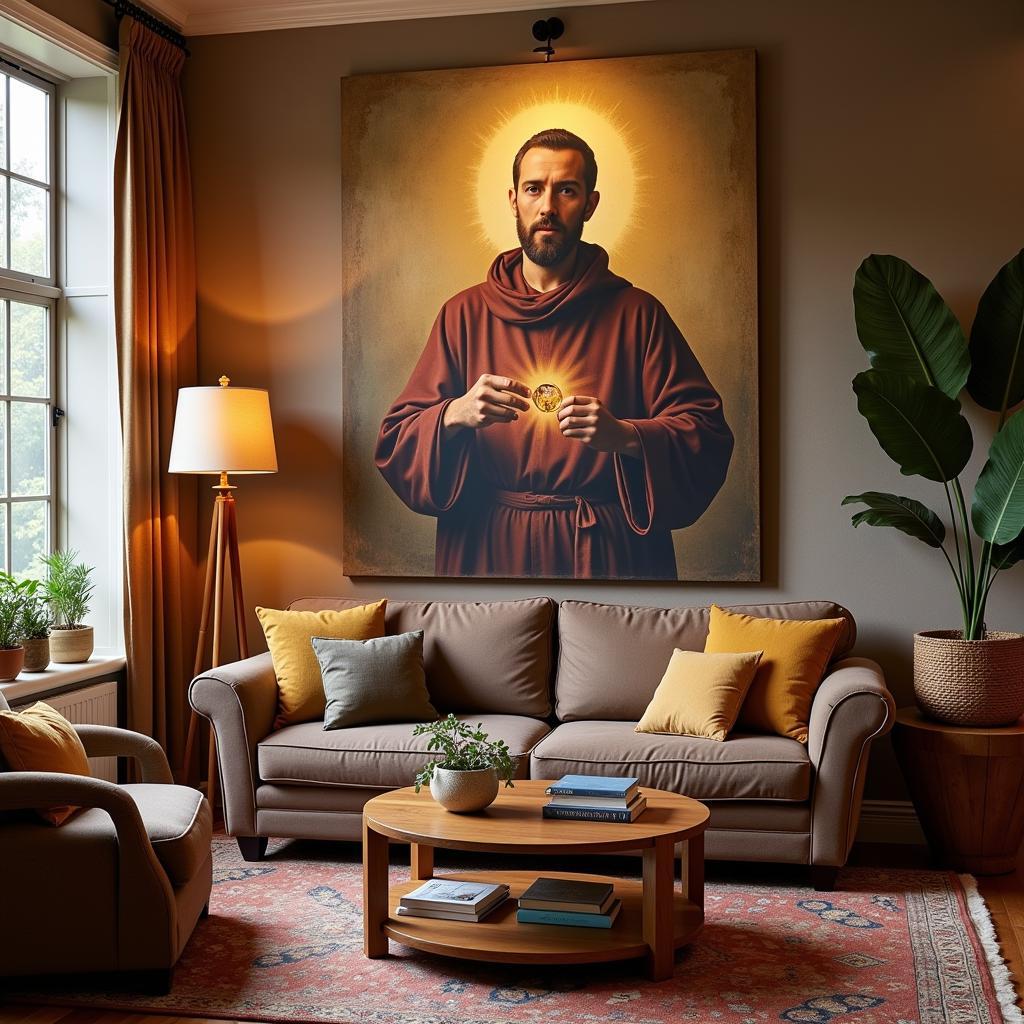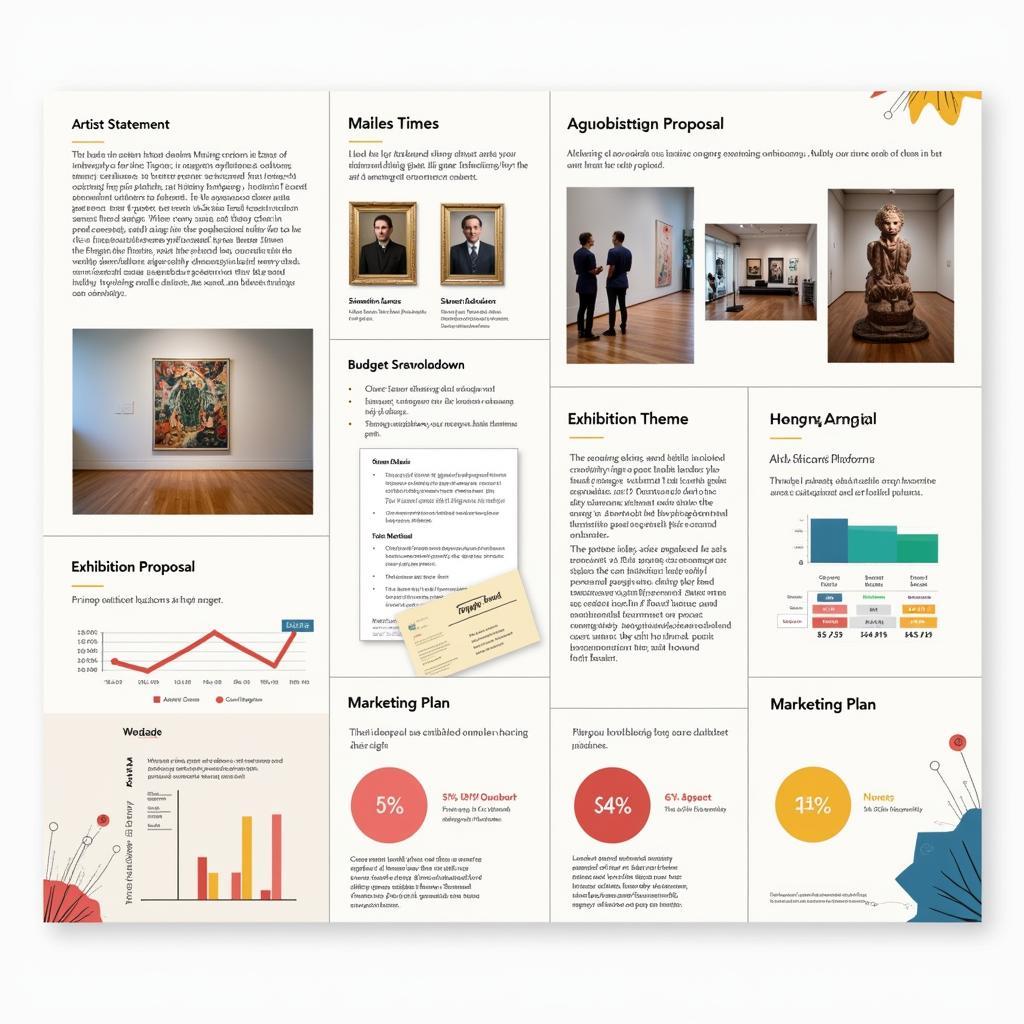Unveiling the Power of Art Analogies
Art Analogies are powerful tools that bridge the gap between abstract concepts and tangible experiences. They illuminate the creative process, deepen our understanding of artistic expression, and offer new perspectives on the world around us. Whether you’re an aspiring artist, a seasoned professional, or simply an art enthusiast, understanding the role of analogies in art can enrich your appreciation and unlock new creative avenues. Let’s explore the fascinating world of metaphors and art together.
What are Art Analogies and Why Do They Matter?
Analogies in art serve as interpretive bridges, connecting disparate ideas through shared characteristics. They help us grasp complex artistic concepts by relating them to more familiar experiences. For instance, comparing the dynamic brushstrokes of Van Gogh to the swirling energy of a windstorm provides a tangible image of the artist’s emotional intensity. This ability to translate abstract qualities into concrete terms makes analogies an indispensable tool for art analysis, criticism, and creation.
Imagine trying to describe the ethereal beauty of a Monet water lily painting without resorting to comparisons. It’s the shimmering reflection of light, like a thousand tiny diamonds scattered across the surface, that captures our imagination. Analogies provide the language we need to articulate the intangible and share our artistic experiences with others. They also play a crucial role in sparking creativity and fostering innovation.
 Art Analogies: Visualizing Abstract Concepts
Art Analogies: Visualizing Abstract Concepts
Exploring Different Types of Art Analogies
Art analogies manifest in various forms, each serving a unique purpose. From simple metaphors that equate one thing with another to more elaborate similes that draw comparisons using “like” or “as,” these figures of speech enrich our artistic vocabulary. Even more complex analogies, like allegories, use extended metaphors to convey moral or symbolic meanings. Understanding the nuances of these different forms allows us to appreciate the subtle ways analogies shape our interpretation of art.
Metaphor and Analogy in Art: A Deeper Dive
The relationship between metaphor and art is profound. Metaphors create powerful associations, allowing artists to imbue their work with layers of meaning. Think of the recurring motif of the dove as a metaphor for peace. This simple image carries with it a wealth of cultural and historical significance, adding depth and resonance to the artwork. Similarly, analogy in art can illuminate complex themes and ideas, making them more accessible to the viewer.
 Art Analogies: Examples of Different Forms
Art Analogies: Examples of Different Forms
“Art analogies aren’t just decorative flourishes,” says renowned art historian Dr. Eleanor Vance. “They are the very scaffolding upon which meaning is constructed.”
The Practical Applications of Art Analogies
Beyond their interpretive value, art analogies also play a practical role in the creative process. They can serve as springboards for new ideas, helping artists overcome creative blocks and explore uncharted territories. By drawing connections between seemingly unrelated concepts, artists can generate fresh perspectives and innovative solutions. Imagine using the analogy of a bustling marketplace to inspire a dynamic composition or the intricate patterns of a spiderweb to inform a sculptural design. The possibilities are endless. Learning more about the art of explanation book can significantly enhance your understanding of these powerful tools.
How to Use Art Analogies in Your Own Work
Whether you’re a painter, sculptor, writer, or musician, incorporating art analogies into your creative process can enrich your work. Start by observing the world around you and identifying connections between different phenomena. Challenge yourself to think metaphorically, asking questions like, “What does this sound feel like?” or “What color best represents this emotion?” By cultivating this habit of analogical thinking, you can unlock new levels of creativity and expression.
 Art Analogies: Practical Application in Creative Process
Art Analogies: Practical Application in Creative Process
“The ability to think analogically is a hallmark of the creative mind,” notes celebrated artist, David Chen. “It allows us to see the world with fresh eyes and discover hidden connections.”
Conclusion
Art analogies are essential tools for understanding, appreciating, and creating art. They empower us to articulate the intangible, unlock new creative possibilities, and connect with art on a deeper level. By embracing the power of art analogies, we can enrich our artistic experiences and expand the horizons of our creative expression. So, the next time you encounter a work of art, challenge yourself to think analogically and discover the hidden connections that lie within.
FAQ
- What is the difference between a metaphor and an analogy in art?
- How can art analogies help me understand abstract art?
- Can analogies be used in all forms of art?
- Are there any downsides to using art analogies?
- How can I develop my ability to think analogically?
- What are some examples of effective art analogies?
- Where can I find more resources on art analogies?
Common Situations and Questions:
- Situation: Struggling to describe an artwork’s emotional impact. Question: What analogy can I use to convey the feeling this artwork evokes?
- Situation: Experiencing a creative block. Question: What analogies can inspire new ideas and directions for my work?
- Situation: Analyzing a complex piece of art. Question: What analogies can help me understand the artist’s intentions and the underlying meaning of the work?
Further Exploration:
Consider exploring further articles on metaphor and art, as well as delving deeper into the art of explanation.
Contact Us
When you need support, please contact Phone Number: 02462573573, Email: danteum@gmail.com Or visit: Savico Megamall, 7-9 Đ. Nguyễn Văn Linh, Gia Thụy, Long Biên, Hà Nội 10000, Việt Nam. We have a 24/7 customer support team.


